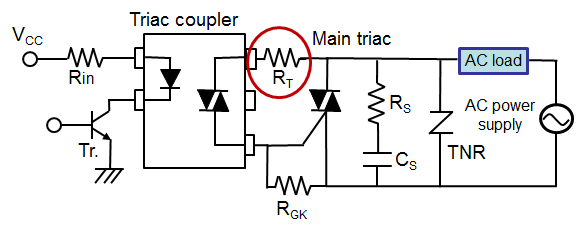- 型号 & 关键词搜索
- 交叉搜索
- 参数搜索
- 库存查询与购买
This webpage doesn't work with Internet Explorer. Please use the latest version of Google Chrome, Microsoft Edge, Mozilla Firefox or Safari.
请输入3个以上字符 Search for multiple part numbers fromhere.
The information presented in this cross reference is based on TOSHIBA's selection criteria and should be treated as a suggestion only. Please carefully review the latest versions of all relevant information on the TOSHIBA products, including without limitation data sheets and validate all operating parameters of the TOSHIBA products to ensure that the suggested TOSHIBA products are truly compatible with your design and application.Please note that this cross reference is based on TOSHIBA's estimate of compatibility with other manufacturers' products, based on other manufacturers' published data, at the time the data was collected.TOSHIBA is not responsible for any incorrect or incomplete information. Information is subject to change at any time without notice.
请输入3个以上字符
当使用双向可控硅(TRIAC)耦合器驱动主双向可控硅(TRIAC)时,应如何确定直接连接双向可控硅(TRIAC)的限流电阻器RT?
当使用双向可控硅(TRIAC)耦合器作为主双向可控硅(TRIAC)的触发器件时,负载电流将直接流过双向可控硅(TRIAC)耦合器,直至主双向可控硅(TRIAC)接通。当使用零交叉双向可控硅(TRIAC)输出光耦时,由于其接通时的电压保持在较低水平,因此无需插入限流电阻器RT。当使用非零交叉双向可控硅(TRIAC)输出光耦时,会有大电流流过。因此,限流电阻器必须定义为峰值通态电流或通态电流(脉冲)(ITP或IONP),并且其设计值不得超过指定的最大额定值(例如,2A)。东芝通常建议将电流控制在额定电流的一半左右。对于100V交流电源,建议使用100Ω;对于200V交流电源,建议使用200Ω。
关于如何设计RT,另见东芝应用说明《Triac couplers-basic properties and application design》第9.5节。
(https://toshiba.semicon-storage.com/cn/semiconductor/knowledge/application-note.html)


